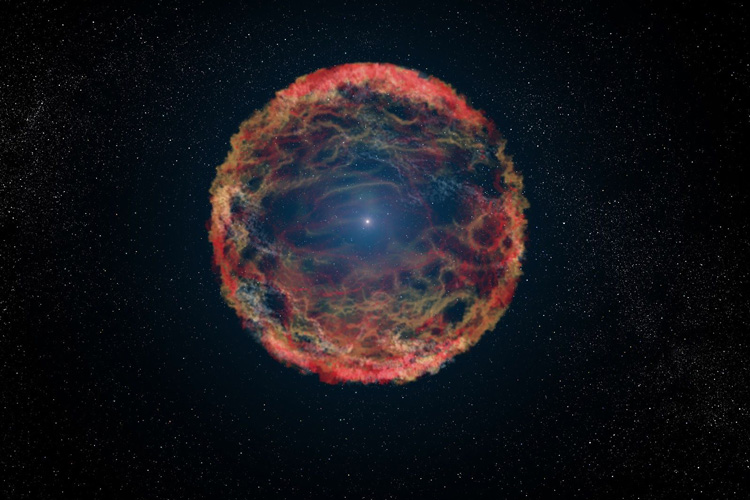-
HIGH-ENERGY ASTROPHYSICS DIVISION ANNOUNCES 2019 AWARD WINNERS
February 12, 2019
The High-Energy Astrophysics Division (HEAD) of the American Astronomical Society has selected the winners for its top prizes for the upcoming year. The 2019 Rossi Prize has been awarded to Brian Metzger of Columbia University and Daniel Kasen of the University of California at Berkeley for their theoretical predictions of electromagnetic emission from radioactive nuclei produced in neutron star mergers. These predictions were confirmed by observations of the 2017 neutron star merger gravitational wave event, providing the first compelling evidence for the astrophysical site of rapid neutron capture nucleosynthesis. Jennifer Barnes of Columbia University has been awarded the 2019 HEAD Dissertation prize for her dissertation entitled "Radiation Transport Modeling of Kilonovae and Broad-Lined Ic Supernovae." This work also involves gravitational waves. It established the radiative signatures of mergers between two neutron stars or a neutron star and black hole, as well as the radiative signatures of jet-driven supernovae produced by collapsing massive stars. The prize includes a certificate and a $1,000 award.
Tags:More -
Puzzling new supernova may be from star producing antimatter
November 14, 2017
An exploding star that continued to shine for nearly two years — unlike most supernovae, which fade after a few weeks — is puzzling astronomers and leading theorists, including UC Berkeley astrophysicist Daniel Kasen, to suggest that the event may be an example of a star so hot that it produces antimatter in its core. Stars would have to be very massive to get this hot, Kasen said, which is why most astronomers assumed they existed, if at all, only in the early years of the universe.
Tags:More -
Astronomers strike cosmic gold
October 16, 2017
The first detection of gravitational waves from the cataclysmic merger of two neutron stars, and the observation of visible light in the aftermath of that merger, finally answer a long-standing question in astrophysics: Where do the heaviest elements, ranging from silver and other precious metals to uranium, come from?
Tags:More


